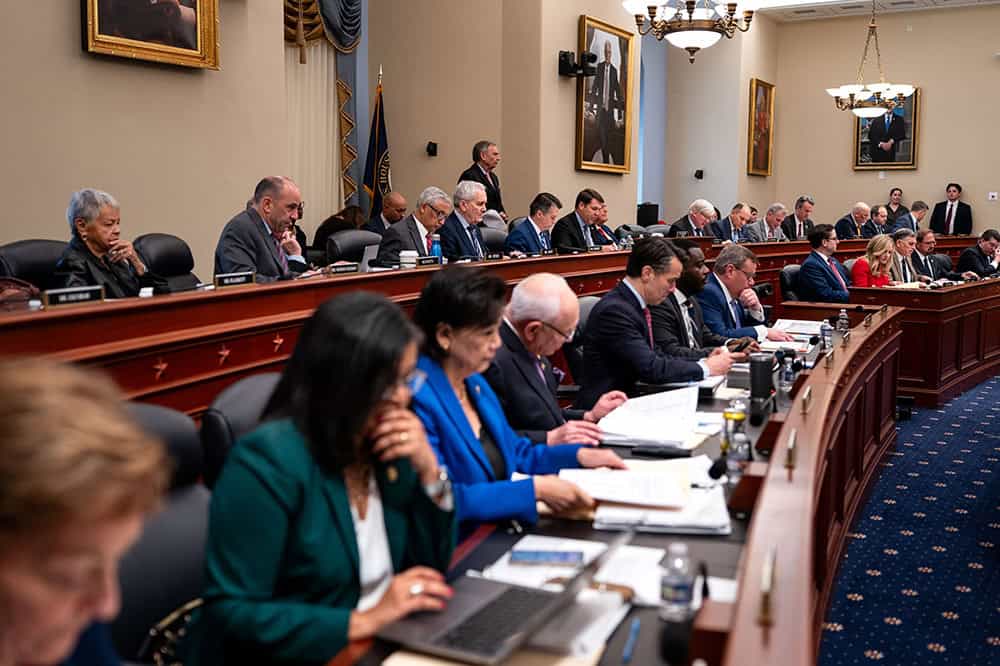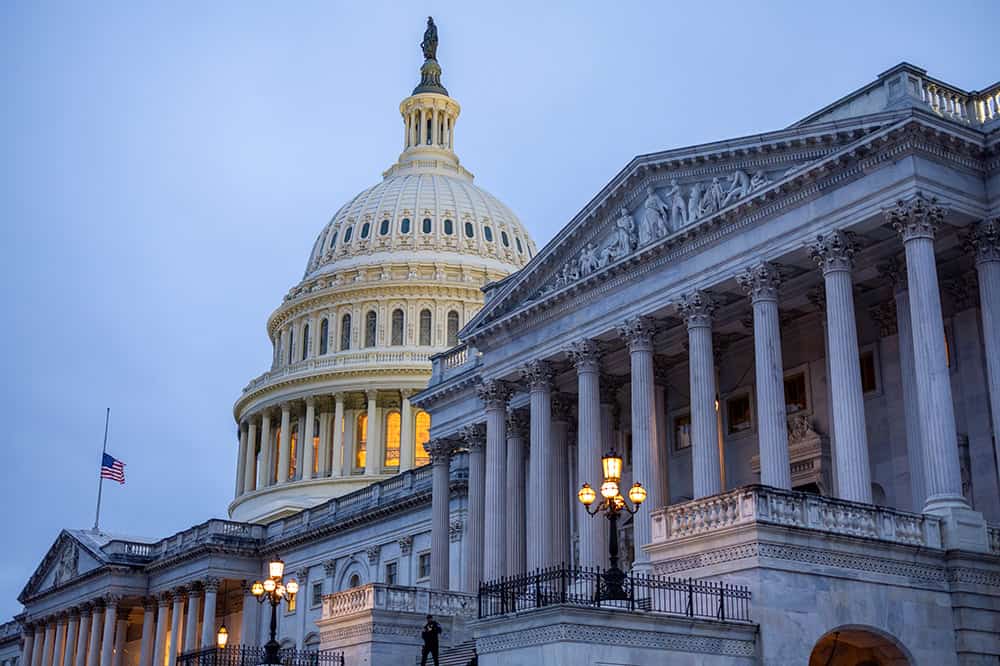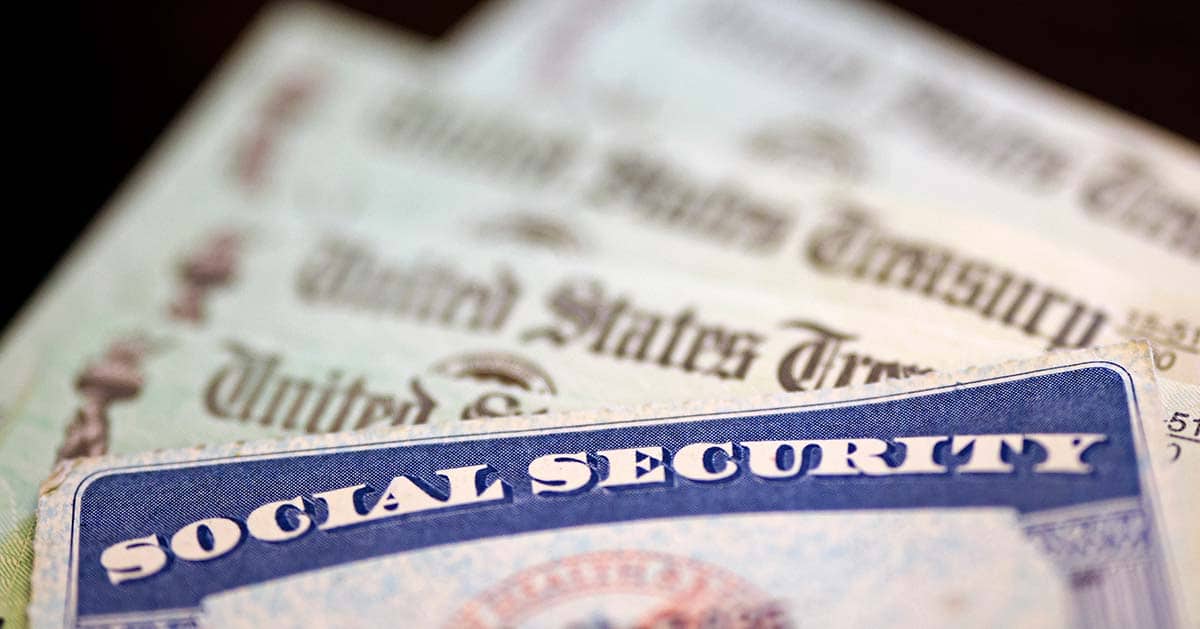Almost all of a taxpayer’s income is subject to individual income taxes: from wages and salaries to capital gains and rents, even Olympic medals. However, lawmakers have carved out special exclusions, deductions, and rates — called tax expenditures — for some sources of income, reducing taxpayers’ tax liability. President Trump has recently called for the creation of a new tax expenditure that would exclude tips from taxes. It is estimated that eliminating taxes on tips would increase deficits by at least $100 billion over 10 years, and the benefits for tipped workers may be more limited than widely understood.
No Taxes on Tips Would Decrease Federal Revenues
Excluding tips from federal taxes would reduce federal revenues, and as a result, increase deficits and the national debt. Depending on the design of a tax exemption on tips, the budgetary impact could vary by billions of dollars. If lawmakers excluded tips from individual income taxes only, economists at the Budget Lab at Yale and the Tax Foundation each estimated that federal revenues would fall by about $110 billion over 10 years. If a tax exclusion was more expansive and included payroll taxes — which are taxes that fund social insurance programs like Social Security and Medicare — the budgetary impact would almost double to around $200 billion, according to estimates from both the Yale Budget Lab and the Committee for a Responsible Federal Budget (CRFB).
However, the budgetary impact could be even larger. Excluding tips from taxation would create a tax preference for tips over other types of income that could lead to a larger shift towards lower base pay and higher tipped income. The extent to which taxpayers would attempt to reclassify income depends in large part on what guardrails policymakers and regulators put in place to deter such behavior. CRFB estimated the budgetary effects of three illustrative scenarios with varying degrees of income reclassification. In the most extreme scenario, income classified as tips doubles and lost revenues range from $300 to $500 billion over 10 years.
Only a Small Share of Workers Currently Make Tips
According to the U.S. Census Bureau, tipped workers only accounted for about 1.7 percent of the national workforce in 2024. However, the concentration of tipped workers varies by state. Nebraska (0.9 percent) and Maryland (1.0 percent) had the lowest concentration of tipped workers. Nevada (3.7 percent) and Hawaii (3.4 percent) had the largest concentration of tipped workers. Although a small share of workers currently earn tips, the benefits from excluding tips from taxation could flow to more workers who do not currently earn tips if employers and workers adjust compensation toward tips.
No Taxes on Tips Would Reduce Horizontal Equity
Tax fairness is weighed both vertically (how those at the top and bottom of the income distribution are taxed) and horizontally (how those with similar income and family structures are taxed). In a tax system with horizontal equity, taxpayers with the same income and filing status pay the same tax. If the federal government eliminated taxes on tips, horizontal equity could be reduced. In the example below, a tipped worker could pay far fewer federal income taxes than a nontipped working with the same pre-tax income.
High-Income Taxpayers Would Receive a Larger Tax Cut from No Taxes on Tips
According to an analysis from the Tax Policy Center, about half of the tax benefits from excluding tips from federal taxes would flow to the top 40% of all taxpayers. Excluding tips from individual income taxes would provide little to no benefits for low-income tipped workers, as many pay little to no income tax due to low earnings. According to the Yale Budget Lab, about one-third of tipped workers have low enough incomes that they already pay no income tax. That is more than double the share of nontipped workers who pay no income tax.
Tipped workers in the bottom 60 percent of the income distribution would receive an average tax cut of $1,260 if tips were excluded from income taxes — while tipped workers in the top 20 percent would receive an average tax cut of $5,150. If you compare the average tax cut if tips are excluded from both income and payroll taxes, the results are similar, with the bottom 60% of earners receiving a tax cut of $2,180 and the top 20% of earners receiving a tax cut of $7170.
No Tax on Tips Could Negatively Impact Social Insurance Trust Funds and Benefits
If policymakers extended no taxes on tips to payroll taxes, revenues raised to fund social insurance programs would be reduced. That would negatively impact the trust funds of programs like Social Security, Medicare, and unemployment insurance. The Budget Lab at Yale estimated that excluding taxes on tips would decrease revenues dedicated to social insurance trust funds by $88 billion over 10 years.
Excluding tips from payroll taxes would also reduce tipped workers’ Social Security benefits. The Social Security Administration determines workers’ benefits by calculating their average indexed monthly earnings (AIME). However, earnings only count towards the Social Security benefits calculation if the individual paid Social Security payroll taxes on those earnings. If tips are excluded from payroll taxes, they would also not be considered when determining Social Security benefits.
No Taxes on Tips Could Have Negative Implications for Tipped Workers
Excluding tips from federal taxes could turn out to be a bad deal for many workers. No taxes on tips could result in more workers being classified as tipped employees, jeopardizing more reliable wages. Federal law defines a tipped employee as a worker that regularly receives more than $30 per month in tips. The federal minimum wage for such employees is only $2.13, provided that tips make up the difference between the tipped minimum wage and the regular minimum wage. The Economic Policy Institute warns that the perceived tax advantages from no taxes on tips plus the wage and payroll tax savings for employers could spur a rise in tipped work. That could potentially expose more Americans to the downsides of tipped work, including a less reliable income stream that is dependent on individual customer practices and general economic conditions.
No taxes on tips would also likely reduce the federal benefits that low-income tipped workers currently receive. A tax exclusion of tips would lower the earned income of tipped workers. Certain tax benefits like the earned income tax credit and the child tax credit are based on a taxpayer’s earned income, meaning that the exclusion of tips from income taxes could lower tax credits for some tipped workers and, therefore, their effective after-tax income.
Conclusion
Eliminating taxes on tips would worsen the U.S. fiscal outlook while doing little to help low-income tipped workers. It could also encourage income reclassification, reduce tax fairness, and reduce the lowest earners’ effective incomes, now and in retirement. If lawmakers want to take up tax reforms that benefit low income Americans, there are other tax policy options that can better target those at the low-end of the income distribution without risking tax avoidance and the resulting revenue loss – which would worsen our already unsustainable fiscal outlook.
Further Reading
Full Array of Republican Tax Cuts Could Add $9 Trillion to the National Debt
Fully extending the TCJA would cost approximately $5.0 trillion, while other elements of the Republican tax agenda also have large price tags over ten years.
Why Do Budget Baselines Matter?
Applying the current-policy baseline would not only be fiscally irresponsible in terms of this year’s tax debate, but it would set a dangerous precedent for the future.
Social Security Reform: Options to Raise Revenues
Here are the pros and cons for three approaches to increasing funds dedicated to Social Security.


